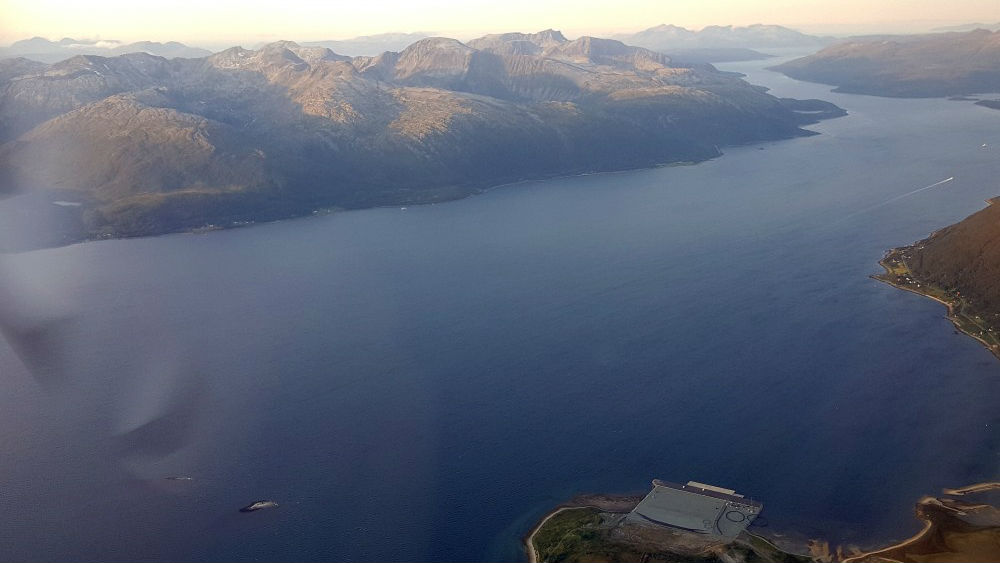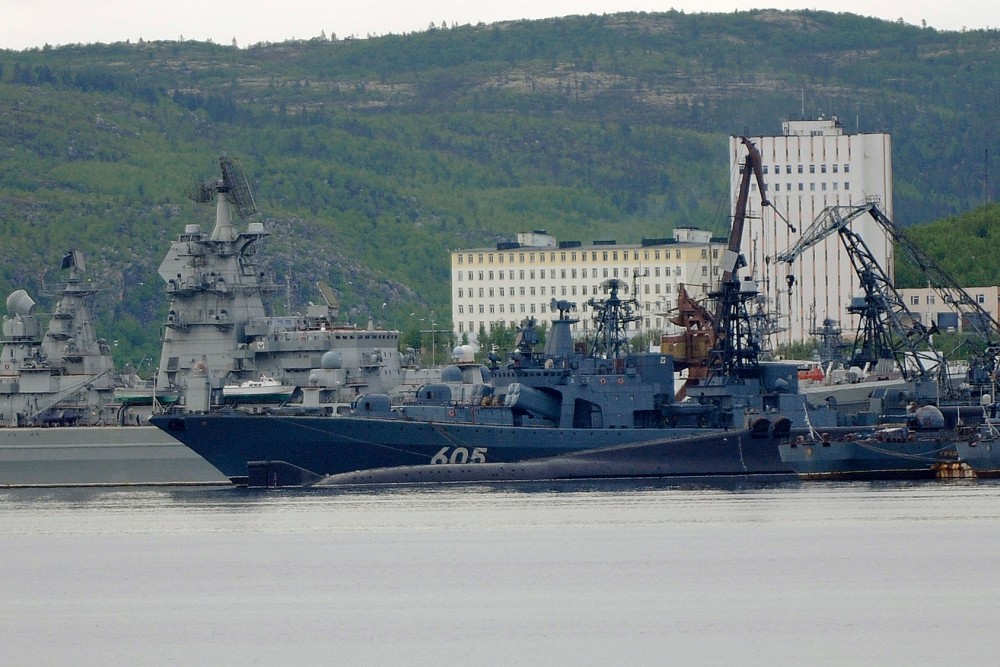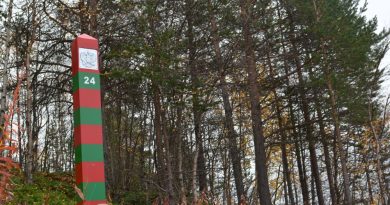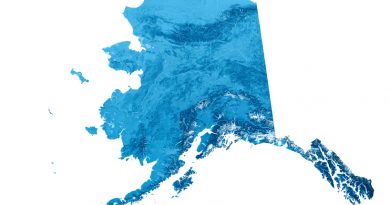Russia accuses Norway of northern military buildup

Norway allows allied nuclear submarines to make port calls to the civilian industrial harbor of Grøtsund north of Tromsø, 375 kilometers from the Russian border.
“In spite of the historical traditions of neighbourly relations and cooperation in the Arctic region, Oslo continues to escalate tensions and increase the risks of military activity. Such activity will not go unnoticed and the Russian Federation will take all the necessary measures to ensure its security”, Russian foreign ministry spokeswoman Maria Zakharova told reporters on Thursday at her weekly press briefing.
Last year, Navy Captain Per-Thomas Bøe with Norway’s Defense Ministry confirmed to the Barents Observer that NATO submarines are more frequently given permission to sail in Norway’s coast, especially in the North. “3 to 4 [submarines] per month,” he said.
With more naval activities in Arctic waters, U.S. and British submarines choose to surface in northern Norway for crew change or receiving supplies, rather than sailing all south to Norway’s main naval base Haakonsvern outside Bergen or to submarine ports in the U.K.
Civilian port
With the 2009 closure of Olavsvern naval base near Tromsø, allied submarines have lacked a secured port facility in the north. To compensate, Norwegian authorities are now allowing for port calls to Grøtsund/Tønsnes civilian industrial port. a half-hour sailing north of Tromsø.
“[…] we are witnessing an increased number of cases when Norway itself takes part in the implementation of NATO’s plans to boost its presence in the Arctic region. In 2019, they will include assistance in building infrastructure for submarine maintenance in the North Atlantic. In particular, a special port will be equipped to admit nuclear submarines near Tromso, Norway”, Zakharova said according to the transcript from the briefing.
Grøtsund harbor is 375 kilometers (as the crow flies) west of Norway’s border to Russia’s Kola Peninsula.
In comparison, 2/3 of Russia’s naval forces, including about 30 nuclear powered submarines, are based on the Barents Sea coast. Zapadnaya Litsa, where the 4th generation multi-purpose attack submarine of the Yasen class has homeport is 40 kilometers from the border to Norway. Within a distance of 110 kilometers are the naval ports of Vidyayevo, Gadzhiyevo, Polyarny and Severomorsk where all multi-purpose and ballistic missile submarines, as well as the surface warships of the Northern Fleet are based.

Maria Zakharova’s painting of a picture of NATO military buildups near Russia’s border was further colored this week by headlines in a number of media telling the story about “NATO detonated toxic torpedoes close to the territorial waters of Russia.”
However, the wording “close to” is far from reality.
Norwegian navy did actually detonate several torpedoes from the wrecked frigate KNM Helge Ingstad this week. However, the explosions were carried out in Hjeltefjorden outside Bergen on the southwest coast, located 1,600 km (as the crow flies) from the border to Russia’s Kola Peninsula.
The story, headlined by Rossiya 24, REN TV, Tsargrad, Lenta and others was later debunked by the European External Action Service East Stratcom Task Force’s campaign to respond to pro-Kremlin disinformation.
Northern facilities needed
Senior Research Fellow Njord Wegge with the Norwegian Institute of International Affairs (NUPI) is an expert on Arctic military and security tensions.
He explains the needs of Norway for new port infrastructure in the north after years of abounding Cold War military bases for naval vessels along the coast.
“With the closing of Olavsvern, Norwegian and allied submarines were left with hardly any points of supply north of Bergen,” Wegge says. “That situation was not very satisfying given Norway’s geography and very long coast in the north.”
Wegge points to the rapid changing security picture in the north.
“With new armament programs in Russia, and rapidly increased military activity in the north, it should not come as a surprise that Norway and its allies again see a need for better port facilities for submarines and naval assets in Northern Norway,” Njord Wegge says.
He sees the Grøtsund/Tønsnes port outside Tromsø as a “natural response to increased demand for presence in the north.”
“However,” Wegge underlines, “the fact that the new point of supply is as far west as outside Tromsø, very far from the Russian border, should not be interpreted as provoking.”
Barents Sea rearmament
Last autumn, the Barents Observer published satellite images showing a massive build-up of brand new reinforces large weapons bunkers for naval missiles just north of Severomorsk and near Gadzhiyevo submarine base on the Kola Peninsula.
The bunkers are part of the Northern Fleet’s modernization and re-armament of the Barents Sea region.
Related stories from around the North:
Canada: A most unique experience: life at Canada’s northernmost military base, Radio Canada International
Finland: Finnish Defence Minister tells party leaders shrinking fighter fleet would be “irresponsible”, Yle News
Norway: NATO’s Arctic dilemma: Two visions of the Arctic collide as NATO and Russia flex muscles, Eye on the Arctic special report
Russia: Russian gov promises new weapons while approval ratings slide, The Independent Barents Observer
Sweden: Faced with Trump’s wavering support for NATO, Nordic nations stick together, The Independent Barents Observer
United States: U.S. experts call for ‘vigilance’ on Russian military buildup in Arctic, Alaska Public Media



